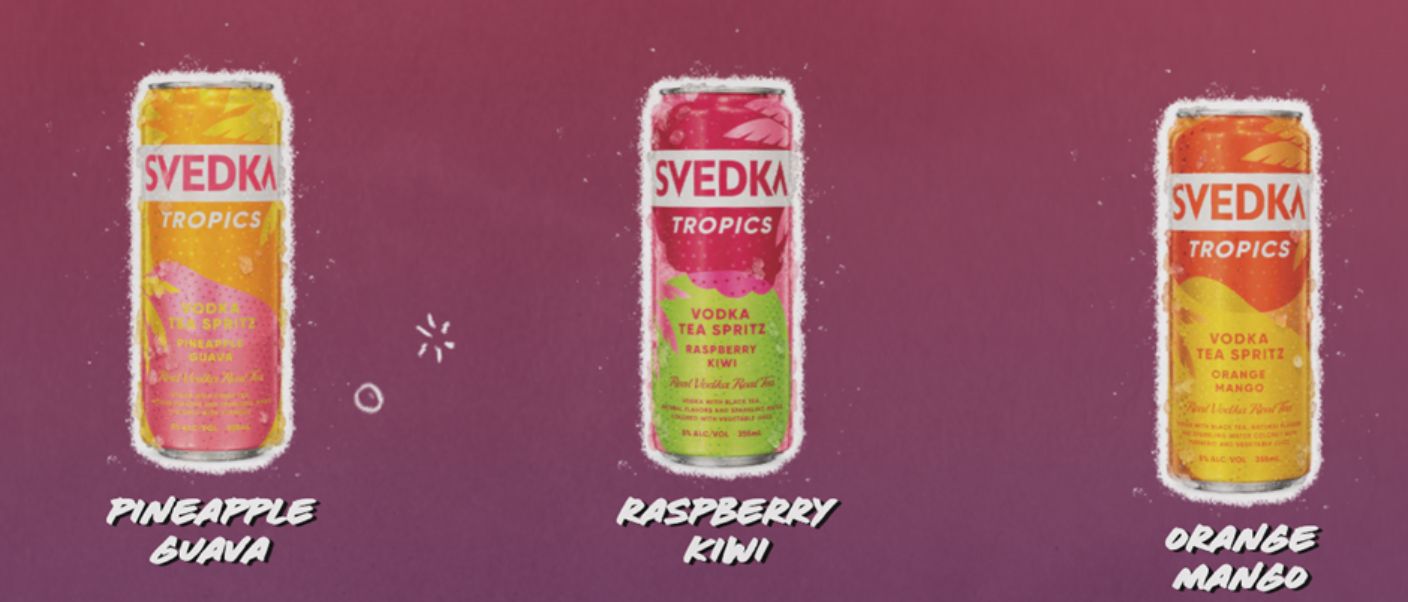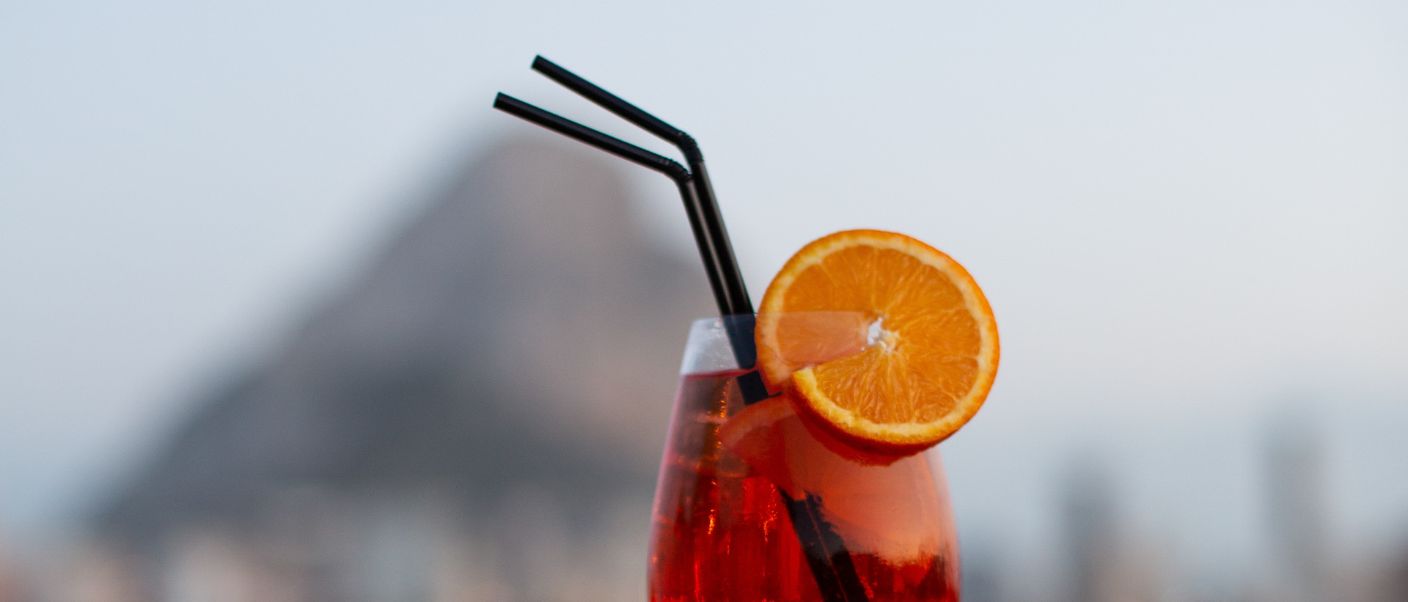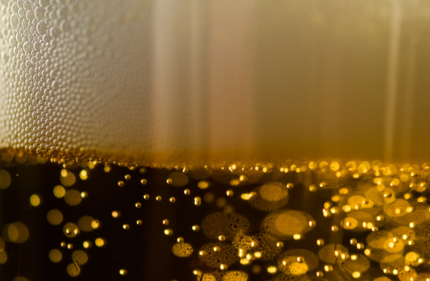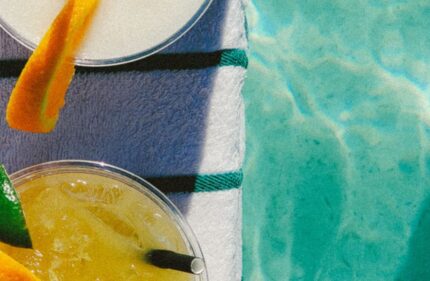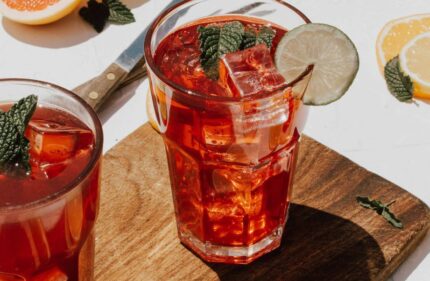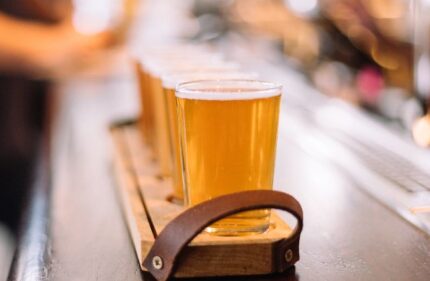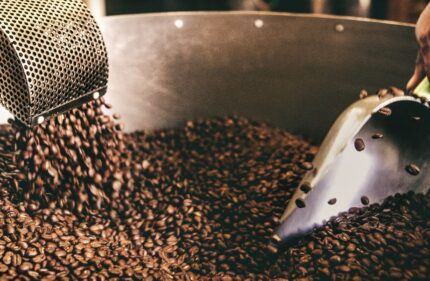There are certain indispensable drinks that never go out of style which are de rigueur in any home or bar, and then there are ones like the spritz, which, despite being typical in Italy, has made a comeback in Spain and other European countries and is enjoying a moment of splendour and expanding consumption.
Let’s look at the key characteristics and new consumption trends that are making the spritz the orange cocktail that everyone’s ordering these days. With a great-sounding name and a refreshing and bubbly personality, it’s getting all the attention at terrace bars. Why is the industry so interested? We’ll tell you…
The spritz, beyond “Aperol”
Most of us associate it with the popular “Aperol” (one of the brands par excellence produced by the Italian company Barbieri de Padua), but we shouldn’t confuse it with its true name: spritz, a magical word that gives off “good vibes”, optimism, relaxation and a sense that our day can be a ten when we enjoy a glass of this aperitif outdoors and in good company.
It’s a cocktail made with prosecco (a typical Italian sparkling white wine), a bitter liqueur like Aperol, Campari or Cynar (among other brands), and soda water.
As a refreshing citrusy drink with bubbles, it’s typically served over ice in a wine glass, sometimes in a shorter glass or a typical vermouth glass, with a slice of orange to intensify the bitterness.
All of this makes it the perfect must-have for enjoyment with food or, better yet, between meals, either as an aperitif or an option for the “tardeo” or long afternoon of leisurely socialising that’s become so popular in Spain in recent years.
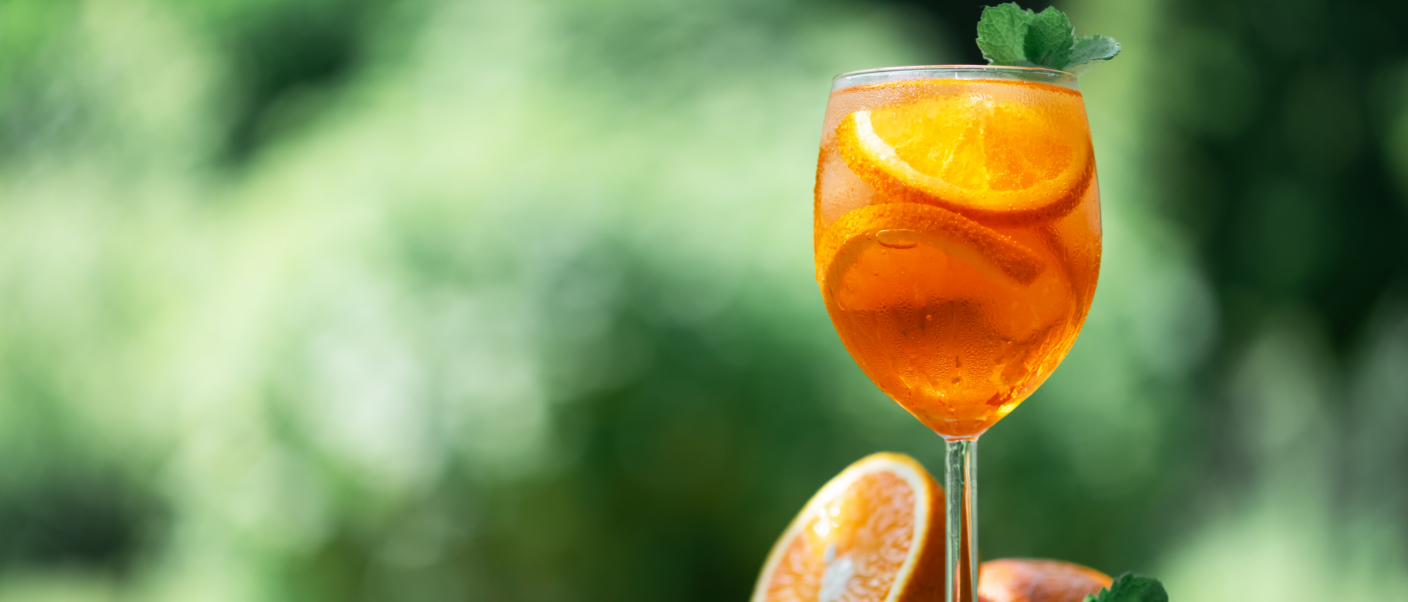
Summer and evening plans, the great allies for the rise in spritz consumption
According to a report from CGA by NielsenIQ, the cocktail is one of the most in-demand options for drinking outside the home. More in some places than others (Switzerland, Mexico and Russia lead this trend). Nonetheless, Italian drinkers top the list in the consumption of so-called mixed drinks (when they exceed 11% alcohol) like the spritz.
During the summer, the consumption of this cocktail increases considerably. The outdoor lifestyle, or the fervent desire to travel and go out, have led to a trend towards the consumption of cocktails as an alternative to the traditional wine, one of which is the spritz, a more refreshing and lighter option. In addition, its expansion in Europe also coincides with a general concern for health, where the spritz is being taken as one of the alternatives and lighter formulas. The perfect mix to quench your thirst and enjoy it at the same time.
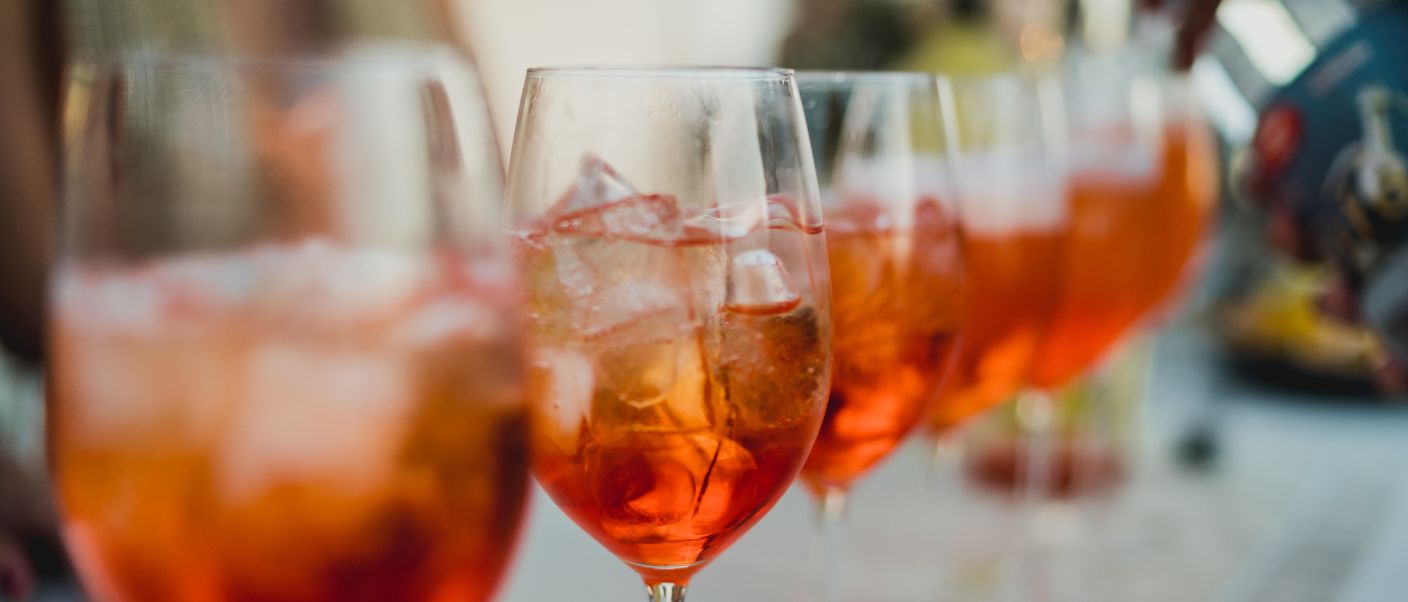
The new variants of the spritz
The base of the spritz is its low alcohol content, bitterness and effervescence, but, as in the case of other drinks, it has been evolving towards other formulas and formats. New ingredients and variants have appeared (fruity elements, new wines, other herbal touches, etc.) that are gaining popularity as some of the best aperitif options. Along with the classic version, these formulas are also spritzes.
1. Beyond the traditional aperitif
This is the case of the Italian Contratto Aperitif, with its redder hue, which maintains the notes of bitter orange, wormwood, cinchona and other secret spices that give this formula consisting of nearly 30 botanical ingredients a magical touch. From there, a series of variants have appeared, like Joe Campanale’s Doppio Spritz combining Contratto with the bitterer Forthave Red Aperitivo, from Brooklyn, as an alternative to wine, which uses a higher proportion of tonic water for more fizz.
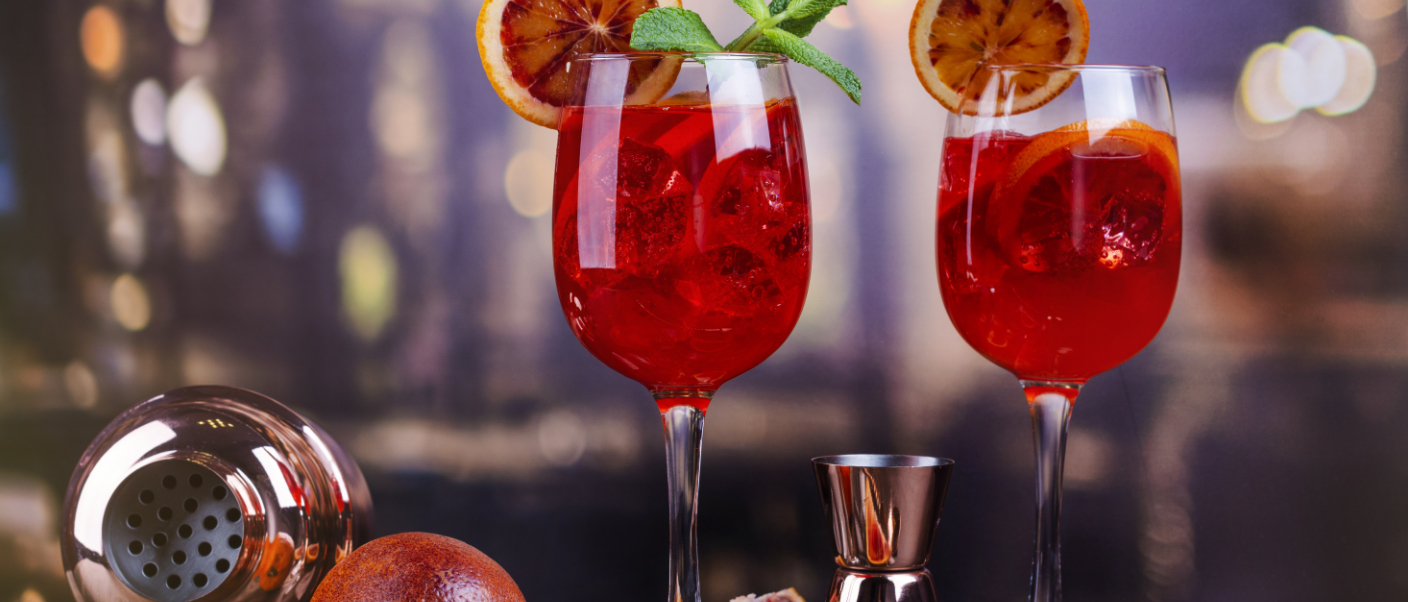
Other recipes have been built around Izaguirre red vermouth from Spain, such as the Bodega Denver Spritz, a fruity version with notes of plum, cherry, raisin and lemon.
2. A spritz with a bit more intensity
The spritz can also be kicked up a few notches with the addition of distilled liquors like the vodka used by Clacson in Los Angeles, a bar that prepares its own special spritz with lemon juice and a sort of white wine syrup.
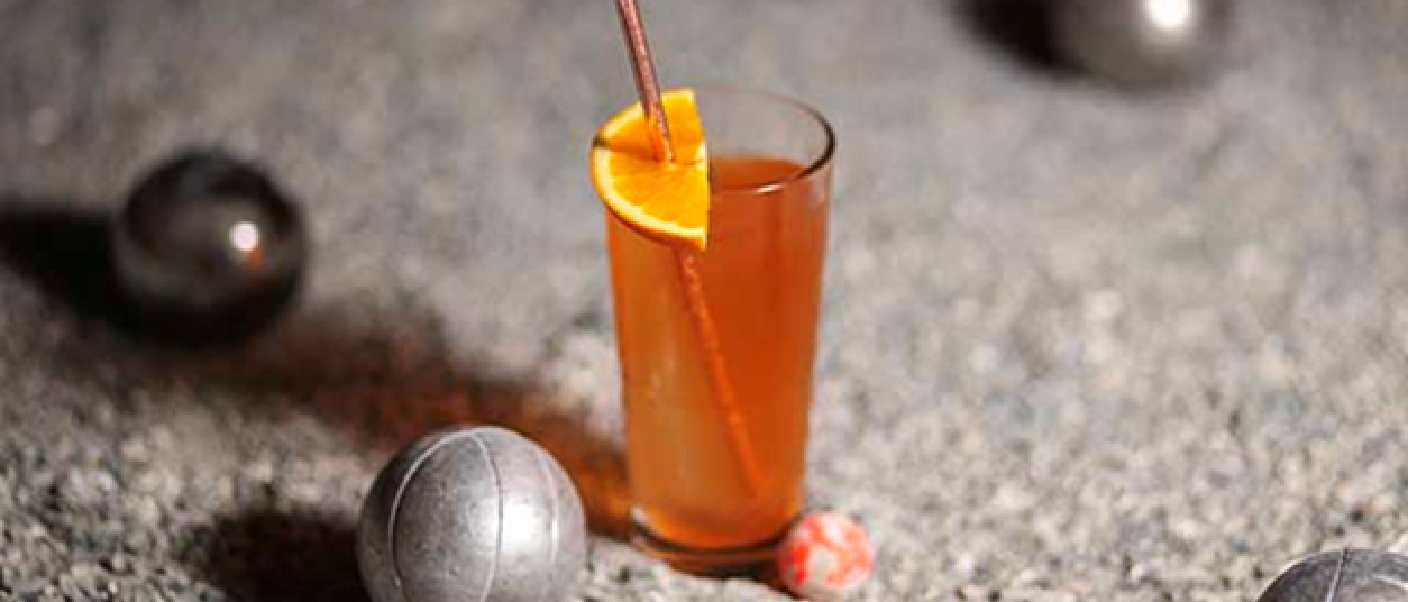 Image: EugeneShoots
Image: EugeneShoots
Then there’s the Basil Spritz, with small quantities of gin, pear liqueur and basil, combined with soda water and prosecco.
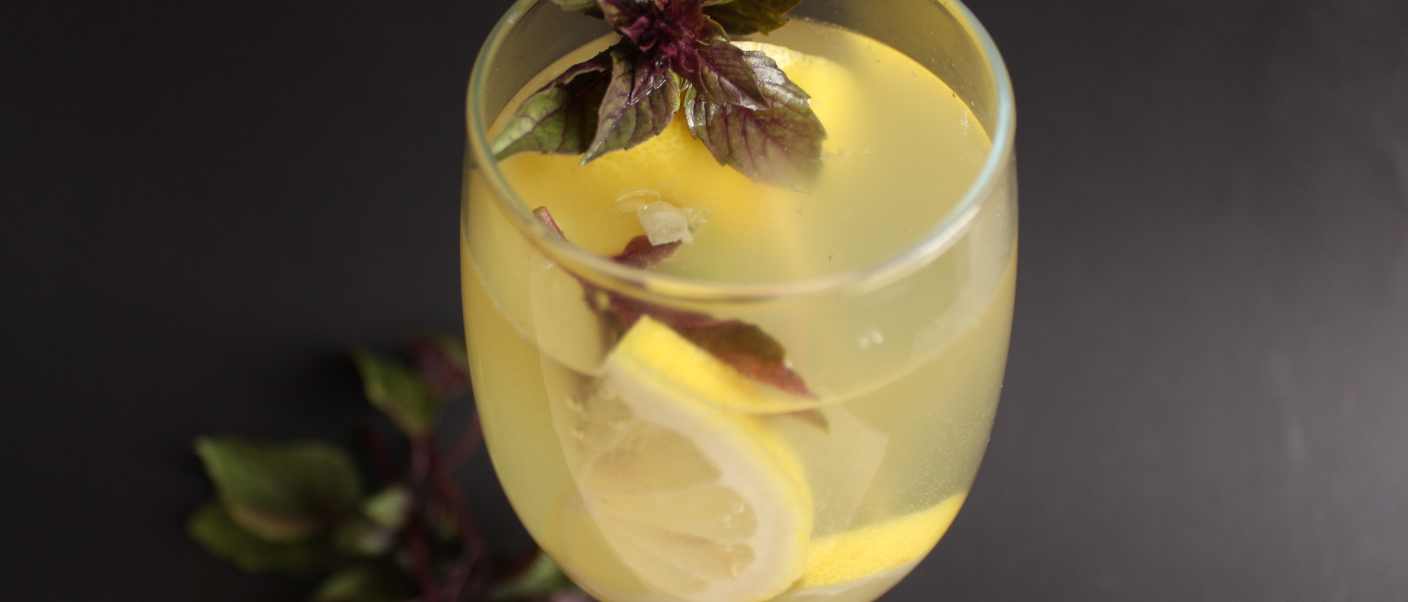
The boom in RTD spritzes
The spritz has also reached the RTD (Ready-to-Drink) format. In an attempt to corner a very appetising niche market, the major brands are jumping in with their own ready-to-drink spritz formats. Some of them with rather unorthodox formulas that call themselves spritzes for marketing purposes but which, in reality, combine other liquids and distilled liquors such as gin and vodka, deviating from the spritz formula quite a bit.
Miami Cocktails has launched an entire colourful line with a variety of options made with organic wine: the Paloma Spritz, Margarita Spritz, Mimosa Spritz, Bellini Spritz and Sangria Spritz.
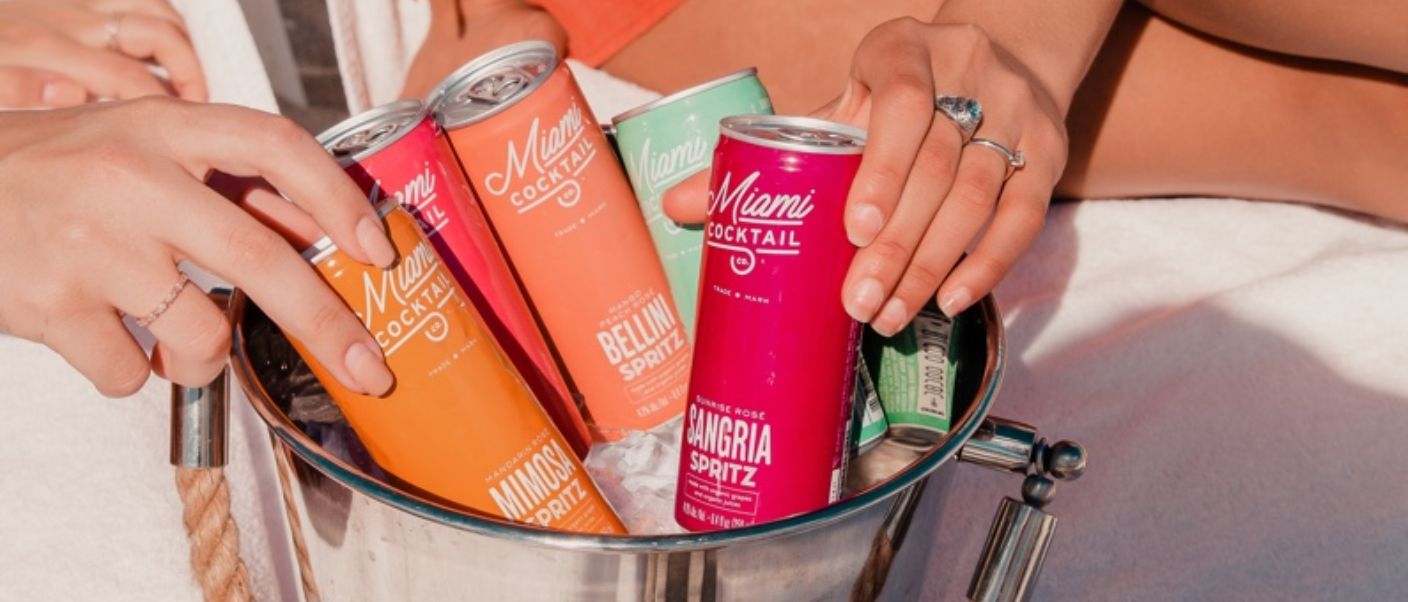
Image: Miami Cocktails
Each can of the organic blend has around 4.2% ABV and 110 calories, and no sugar, additives or preservatives.
Other brands have gone one step further. Svedka has launched a tropical line, Vodka Tea Spritz, of carbonated beverages with vodka and green tea in flavours like pineapple-guava, strawberry-kiwi, and orange-mango.
